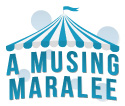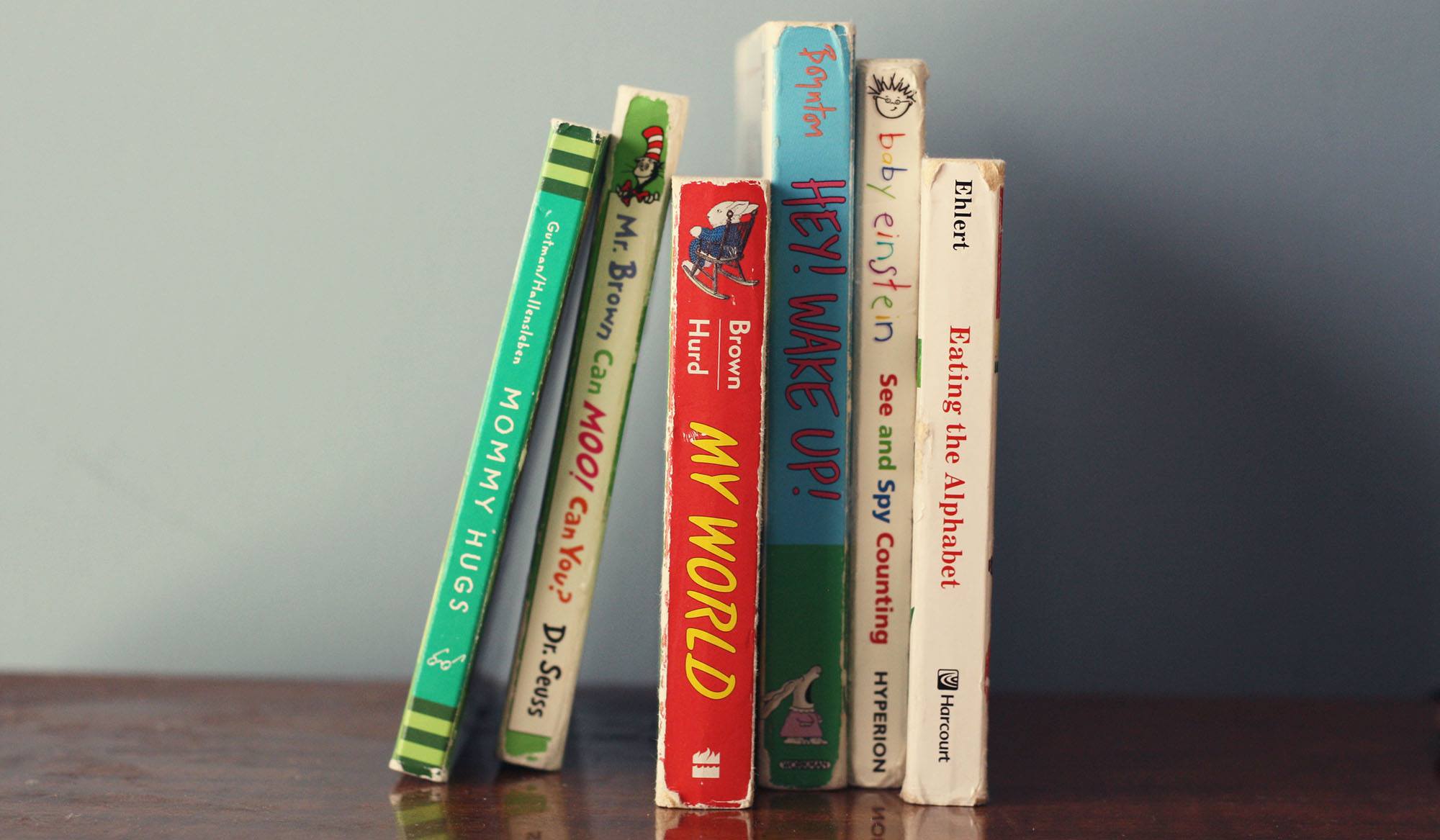I have previously written a review of the book “Good Pictures, Bad Pictures” and was thrilled when I saw they now have book geared toward younger kids. This series of books has been a huge help for our family in creating the much needed discussion about porn and how to respond to it. When I read the original version to my kids, I had some sadness that my kids had already run into some questionable content before they were old enough for this book. I’m really glad that now I have an option for my younger kids, too!
While the big kid version of this book talks a lot about addiction and brain science, the little kid version is more practical and starts with a description about what parts of our body are private. This can be a great conversation starter with your little ones if you’re struggling to talk about boundaries and privacy. My kids were quick to make the connections between those parts of our body being private and that that privacy extends to the pictures we see.
(If you chose to purchase the book through this amazon link, it’s a financial benefit to me. So thanks!)
The book contains a great little action plan for kids that’s as simple as “Turn, Run, Tell.” My kids loved shouting this and practicing what they’d do if they saw something inappropriate. The “tell” portion was a good opportunity for us to talk about who in their world felt like a safe person if for some reason they couldn’t tell us right away. I was glad to see that they didn’t seem to feel threatened or uncomfortable with this conversation. The book handles it in such a natural, normal way that it doesn’t feel scary or even very awkward.
In my experience, the original version of the book is great for kids ages 7-12 and the younger kid version is best for kids ages 4-6. The discussions you have with your kids will vary depending on their ages and ability to interact with the material. I found that my older kids were happy to sit and listen to me read this to the younger kids and were quick to ask their own questions or offer input. While it’s geared toward younger kids, even the older kids can benefit from the simple presentation and commonsense guidelines. I asked the kids I read it to (ages 3-10) if they found it helpful and they all gave it their endorsement.
I wish these conversations weren’t necessary for our toddlers and preschoolers. I wish we lived in a world where we didn’t have to worry that our kids could accidentally or innocently be exposed to harmful images. I wish we didn’t have to be concerned that someone in their life might try to show them something they shouldn’t see. But I have found I worry less about those things when I’m actively preparing my kids for what to do if it should happen. I feel less helpless and they feel more empowered when we’re discussing these things instead of just hoping they don’t happen. This book is a great aid in having those conversations with even our youngest kids in ways that give them concrete action steps without creating fear or anxiety.


